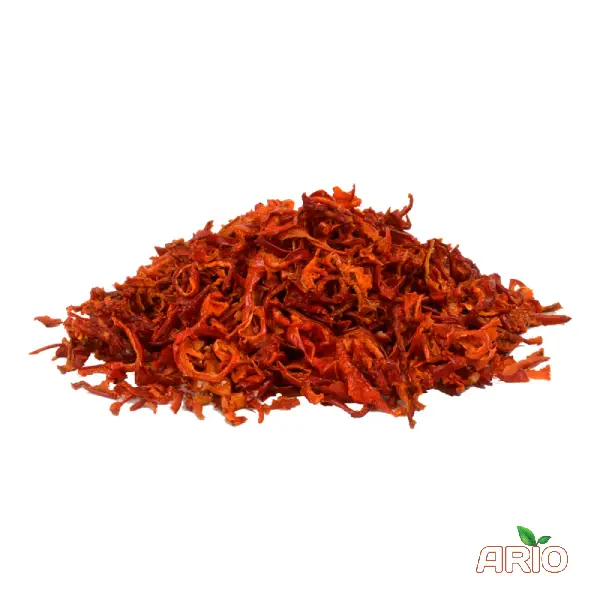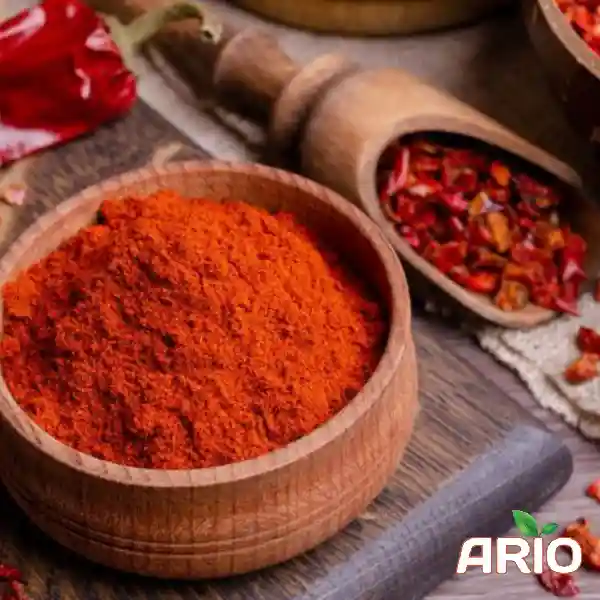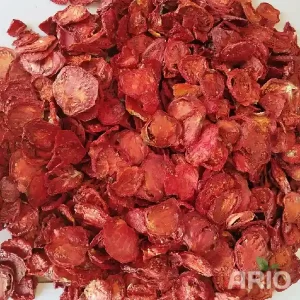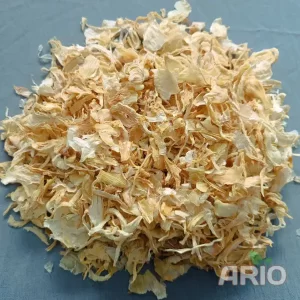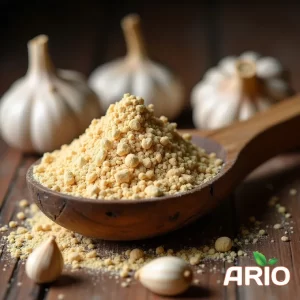The Significance of Dried Paprika in the Global Spice Trade
Dried paprika, derived from the Capsicum annuum plant, has
been essential in cuisines ranging from Hungarian goulash to Spanish paella. Beyond its culinary use, paprika holds commercial value due to its natural coloring agents and nutritional benefits, rich in antioxidants like carotenoids (O’Sullivan et al., 2020).
Global demand for dried paprika is steadily increasing, with the spice market projected to grow at a compound annual growth rate (CAGR) of 5.3% through 2027 (Statista, 2024). This upward trend underscores the critical role paprika plays in the food industry.
Understanding the Key Varieties of Dried Paprika
Several regional varieties dominate the international paprika market. Each offers distinct characteristics in flavor, aroma, and color intensity.
1. Hungarian Paprika
Hungarian paprika is known for its vibrant red hue and rich, sweet flavor. It is graded into categories such as delicate, noble sweet, and hot, depending on spice levels.
2. Spanish Paprika (Pimentón)
Spanish paprika is often smoked over oak fires, resulting in a deep, smoky aroma. It is classified as sweet (dulce), bittersweet (agridulce), or hot (picante).
3. Other Notable Varieties
Regions like Peru and China also produce significant quantities of dried paprika, usually targeted for industrial uses due to their high ASTA color values.
For information on the price and specifications of dried onions, please visit the blue link
Recognizing Quality Standards in Dried Paprika
Quality in dried paprika is often determined by the American Spice Trade Association (ASTA) color value, which measures color vibrancy. Higher ASTA values (above 180) are preferred for food manufacturers focusing on natural colorants. Certifications like ISO 22000 and HACCP also signal product safety and quality assurance.
Major Sourcing Regions for Dried Paprika
Leading producers include Hungary, Spain, China, Peru, and India. The harvesting season typically spans from late summer to early autumn, with drying and processing following shortly after.
Understanding seasonality allows importers to plan bulk purchases to secure fresher stocks at favorable prices.
Navigating the Import and Export of Dried Paprika
Regulatory frameworks vary across countries, but several universal steps ensure smooth international trade.
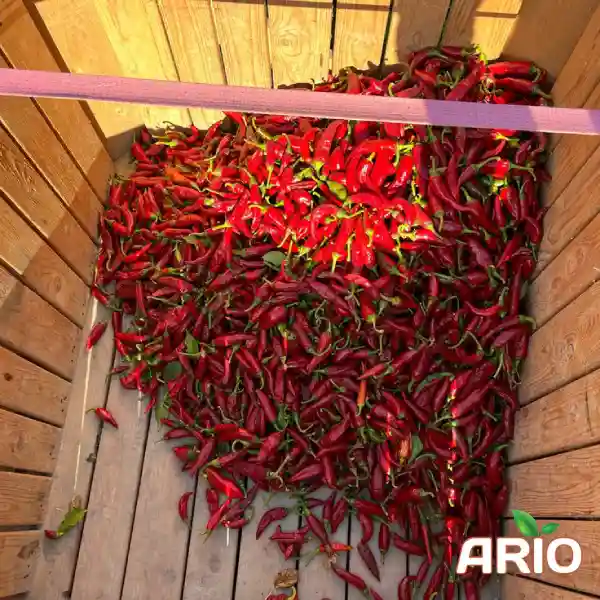
1. Ensure Compliance with Food Safety Standards
Importers must verify that suppliers comply with international regulations, such as FDA requirements in the United States or EFSA standards in Europe.
2. Secure Necessary Certifications and Documentation
A phytosanitary certificate, certificate of origin, and laboratory analysis report are critical documents for customs clearance.
3. Prepare for Tariffs and Duties
Consult updated customs tariff schedules. For example, dried paprika imported into the EU currently falls under the Harmonized System code 0904.21, subject to moderate tariffs.
Logistics and Best Practices for Storage and Transport
Paprika’s quality can deteriorate with exposure to light, heat, and moisture.
1. Packaging
Opt for vacuum-sealed or nitrogen-flushed packaging to maintain freshness.
2. Transportation
Temperature-controlled containers are recommended for long-haul shipments.
3. Shelf Life
Properly stored dried paprika retains optimal quality for 12 to 18 months.
Current Market Trends and Price Insights
As of early 2025, average global prices for bulk dried paprika range between $3.20 to $5.50 per kilogram, depending on quality and origin. Factors influencing price fluctuations include climate change impacts on harvest yields and geopolitical tensions affecting logistics.
How to Select a Reliable Dried Paprika Supplier
Choosing the right supplier can determine your market success.
1. Check Supplier Credentials
Verify certifications, inspect product samples, and request recent laboratory reports.
2. Assess Consistency and Reliability
Ask for historical shipment data and client references to ensure reliability over time.
3. Negotiate Favorable Terms
Establish clear agreements about payment terms, quality standards, and delivery schedules.
Frequently Asked Questions About the Trade and Export of Dried Paprika
The commonly used Harmonized System (HS) code for dried paprika is 0904.21. It is advisable to verify the exact classification with the customs authority of the destination country.
Essential documents include a phytosanitary certificate, certificate of origin, laboratory analysis report, and a commercial invoice.
Yes, for long-distance shipments, it is recommended to use temperature-controlled or cool containers to preserve the color, aroma, and overall quality of the product.
Harvesting usually occurs from late summer to early autumn, making it the ideal time to source fresh stock at competitive prices.
Spain, Hungary, China, India, and Peru are among the top global producers and exporters of dried paprika.
Check for valid certifications, product samples, recent lab reports, and request past shipment records or client references to ensure reliability.

